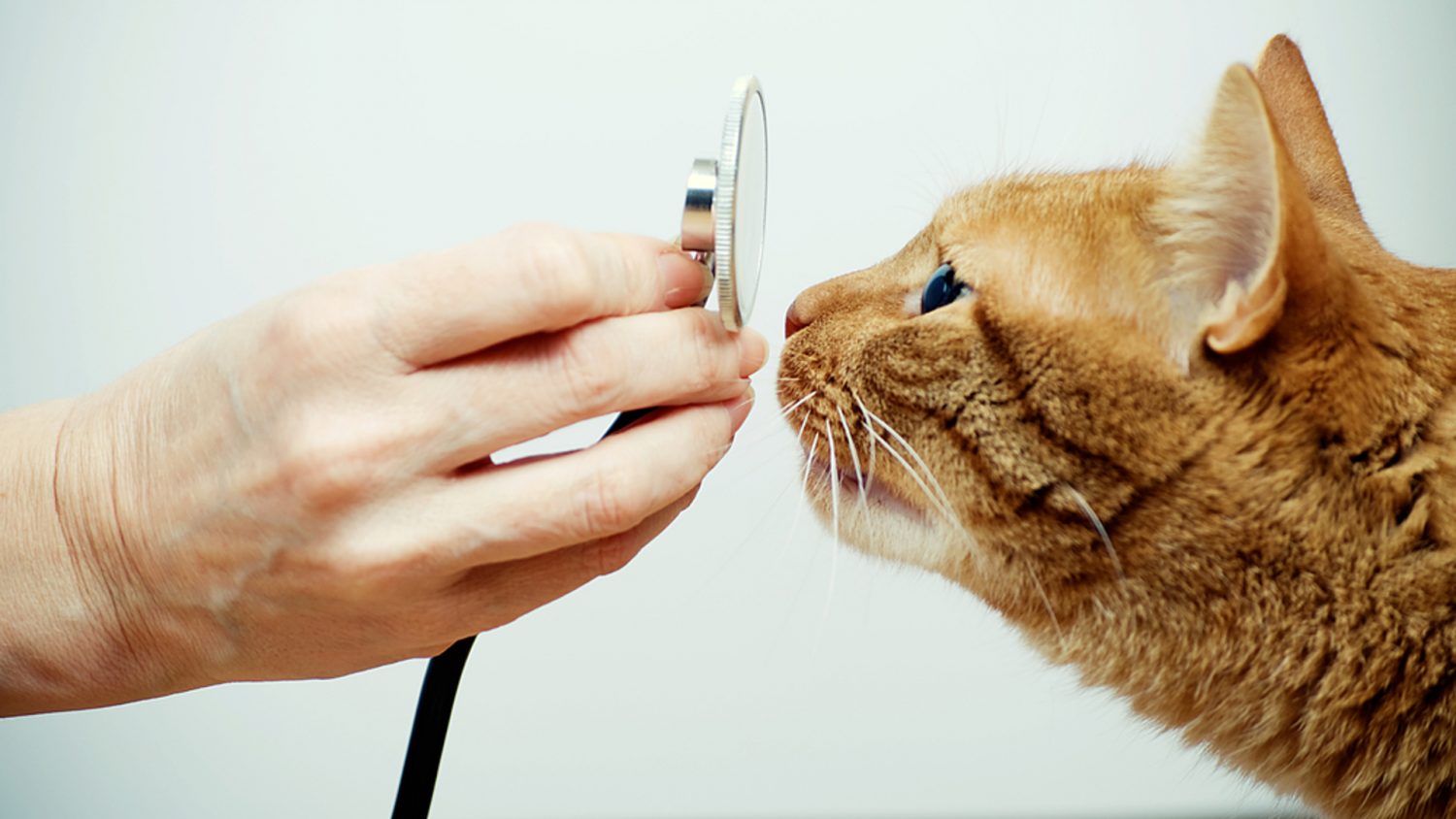Feline Hyperesthesia Syndrome (FHS), also known as “twitch-skin syndrome” and “psychomotor epilepsy,” is an obscure cat disorder resulting in intense biting or licking of the back, tail, and pelvic limbs. The nervous and neuromuscular systems, along with the skin, are affected. Symptoms may occur any age and can develop in any breed of cat. Purebreds – especially Siamese, Abyssinians, Burmese, and Himalayans – seem to be predisposed to develop the syndrome.
Symptoms and Types
Symptoms of FHS typically appear in episodes, which can last from seconds to several minutes. A cat will behave normally between episodes, and then display the signs associated with FHS. These symptoms include twitching skin, violent swishing of the tail, and repeated biting or licking of the back, tail, and pelvic limbs. Affected cats often have dilated pupils, appear agitated, and express erratic behavior.
A physical exam usually reveals no neurological problems or major abnormalities, other than damaged hair and hair follicles that have fallen out due to the cat’s own violent licking. It has been reported that stimulation of the muscles in the back irritates some cats and may elicit an episode.
Causes
This is a rare syndrome and the exact cause is not known. It may develop due to an underlying behavioral problem, a seizure disorder, or other neurotic problem. Nervous or hyperactive cats are believed to be at greater risk. Environmental stress may also trigger the syndrome.
It is speculated there may be multiple factors contributing to the symptoms associated with FHS.
Diagnosis
As there is no known distinct physical cause for the disorder, diagnosis is difficult and is primarily based on the cat’s characteristic history and exclusion of other diseases that cause similar symptoms. There is no specific test to provide a definitive diagnosis.
Other diagnoses that can exclude feline hyperesthesia syndrome include skin conditions and diseases in the forebrain which cause behavioral changes or seizures. Imaging processes, such as MRI, can pinpoint such neurological problems.
Treatment
There is no specific medical treatment or cure available for FHS. However, various drugs have been administered to suppress the episodes, and behavior modification has proved useful in at least reducing problems in some cats.
Living and Management
Environmental elements or events at home that appear to bring on episodes should be eliminated. If self-mutilation due to excessive licking is severe, an Elizabethan collar or tail bandage may be necessary for your cat.
Prevention
As there is no known cause for the disorder, prevention entails the removal of any stressful elements in the cat’s environment.








My 3 year old cat just started acting weird, running around frantically. Chewing her skin and muscle twitching. What can a vet give her to treat the symptoms?
The only real “cure” for FHS is a stress-free environment. Sedatives can help, but they won’t stop the FHS if the cat is stressed out.
Same here. My cat is about 3 and I saw her do this once before but thought she got bitten by a bug or something. I think she’s confused because she doesn’t know where the pain/stimulation is coming from.so she looks aslt the ground frantically to try to figure it out. There’s no bug. Nothing. It happened right as we started playing. It seemed like it was triggered by just general overstimulation, but I’m still very new to this FHS. I hope it doesn’t progress. I will do my best to give her a calming environment.
Wow, you could be describing our cat. Same exact symptoms & behaviors. She’s super scared of so many things. She used to be extra picky about food as well, but chicken seemed to trigger or make her “episodes” worse, so we have her on a mostly fish based diet now & it has helped a lot. Much less compulsive grooming, and hardly any twitching /zoomies / crying / staring at invisible bugs.